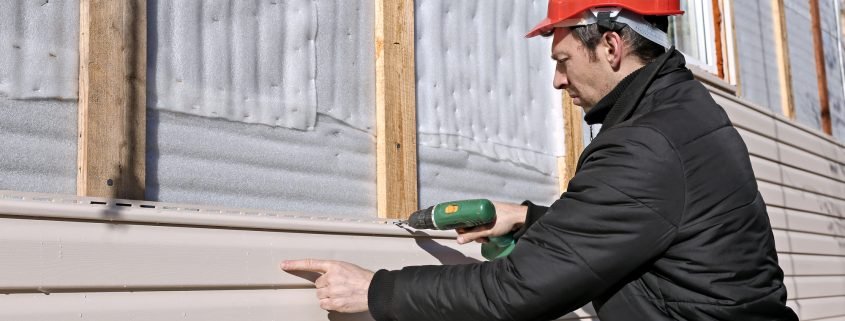Why you’ll be glad you knew about re-cladding from a pre-purchase building inspection
It may be a cliché, but the old saying “Don’t judge a book by its cover” rings true when it comes to the cladding on your soon-to-be new home.
All too often, homebuyers make the mistake of only looking at the face value of the cladding on their potential new property. Yes, it’s a big tick if your cladding is aesthetically pleasing, but before you sign along the dotted line it’s well worth your time and money to look a little deeper.
An older home is not going to be the same as a new (or newer) build. Unless you have a building inspection prior to purchasing, you may find yourself with a growing (and expensive) list of work that needs to be done. A pre-purchase building inspection will lay it all out for you, clear and simple, and save you unnecessary pain down the line.
Cladding basics
Cladding is the exterior layer of a house, whether weatherboards, timber, plaster, PVC or concrete (to name a few). It protects the house against the elements, while (hopefully) looking great too.
Unfortunately, cladding doesn’t last forever. Re-cladding is common, especially when it comes to older builds or due to leaking. Unless you’re a professional, it’s likely you won’t know what you’re looking for. A pre-purchase building inspection helps you understand every commitment that’s involved in your purchase, and ultimately make the right purchase decision, so you can sleep easy in your new home.
The incidental costs & paperwork of re-cladding
The costs that come with re-cladding aren’t as straightforward as they may seem. So what do you need to consider?
- If a substantial amount of cladding needs to be replaced it’s more than likely you’ll need a building consent to have it re-done. This means paperwork, inspections and specific steps to follow in order to receive your Code of Compliance. This process is quite involved, so speak to a specialist.
- Once the old cladding is removed and the work has begun, you may also find out that the joinery needs replacing. I inspected a house being re-clad for the second time not long ago. The joinery was not replaced during the first re-clad and had leaked, causing moisture damage. If you are going to the expense of recladding, it would be a good idea to update old single glazed joinery to new double glazing.
- Many of us already look out for plaster cladding from the leaky homes era, but keep an eye out too for Weatherside cladding, a tempered, hardboard weatherboard. It was removed from the market in the 1980’s after discovering it was susceptible to moisture damage, which leads to water ingress. Even rusticated cedar weatherboards can cup and split allowing water ingress. Water ingress and moisture damage to a house from failed cladding systems may not claimable through your insurance.
Are you seeing how it can all add up very quickly?
How a pre-purchase building inspection can help
All the above does make it sound like re-cladding is an expensive nightmare to avoid, but it’s not all bad. New cladding could add value, bring a more modern appearance to your home, and ultimately give you the chance to choose the cladding that you love. Unfortunately, the purchaser’s perception goes a long way in deciding the value of a house.
But don’t leave it to chance. Have a pre-purchase building inspection conducted so you have all the knowledge necessary to make an informed decision. Then it’ll be your choice to re-clad or keep looking for the right property.
Get in touch today to get a quote or to schedule a pre-purchase building inspection.








